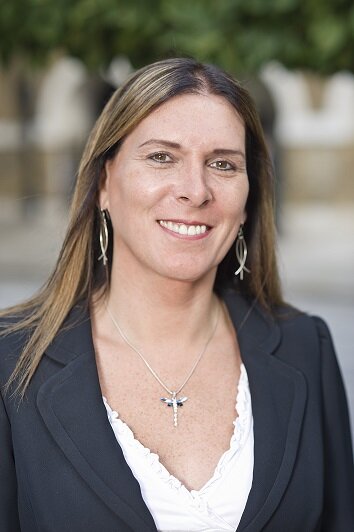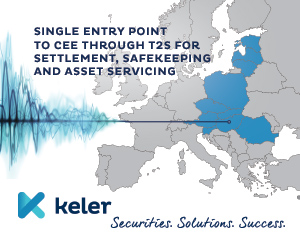New services and ventures for improved collateral management have been coming thick and fast in the past couple of weeks, with the latest being the introduction of a client protection model that goes above and beyond what the European Market Infrastructure Regulation (EMIR) calls for.
At a time when many firms are focused purely on just meeting all the various regulatory requirements, CME Clearing Europe chose to pursue a model that fully segregates collateral with an external custodian at the client level. It said it was the first central counterparty (CCP) globally to receive Bank of England approval for the new model, which provides protection for all bankruptcy scenarios.
This model is designed to allow the client clarity and legal certainty with regards to how client assets would be treated in bankruptcy scenarios. It is available across all of CME Clearing Europe's OTC financial and commodity derivatives as well as futures products.
CME Clearing Europe is working with central securities depositories (CSD) and custodians to offer clients the option of holding their securities at different locations. The first CSD to offer this to their clients is SIX Securities Services and the first custodian to support this model is BNP Paribas Securities Services.
"Our innovative approach to greater protection of clients' securities in a jurisdiction of their choice with operational efficiencies is attractive to asset managers, hedge funds and regional banks that use securities for initial margin purposes at our clearing house," said Lee Betsill, CEO of CME Clearing Europe.
"The legal framework that we have designed for the full segregation account matters to clearing members and their clients because it has been structured to provide preferential capital treatment."
Both SIX Securities Services and BNP Paribas Securities Services spoke of how partnering with CME Clearing Europe fit with their collateral strategies.
Thomas Zeeb, CEO, SIX Securities Services, voiced excitement in "pioneering" the new service with CME Clearing Europe. He said asset managers, banks and other market participants will be able to make the best use of the pools of securities they already hold with it. "In the context of real-time clearing and future regulatory challenges, this is a major step forward," he said.
For BNP Paribas Securities Services, the move enhances its product offering. "This initiative forms an integral part of our wider Collateral Access solution, which allows us to offer buy-side and sell-side firms an end to end straight through collateral and custody solution for their cleared derivatives transactions," said Alain Pochet, head of clearing and custody services at the French company.
The service will initially be available to some global insurance firms in Switzerland, but will eventually be rolled out to other markets.
Driving the creation of the new service is the EMIR mandate for the centralised clearing of OTC derivatives, which means buy-side firms will have increased collateral management requirements.
Both CME Clearing Europe and SIX Securities Services issued announcements concerning the service. The Swiss-based group included favourable comments from Swiss Life AG and BayernInvest to underline the demand the service provides expect the offering to generate.
This news came hot on the heels of another big development in the collateral space.
Euroclear and The Depository Trust & Clearing Corporation (DTCC) recently announced they planned to form a collateral processing joint venture. The two industry-owned groups will focus first on launching a Margin Transit Utility to provide straight through processing to the settlement of margin obligations. They also want to pilot a Collateral Management Utility to address the problem of sub-optimal collateral mobility and allocation at a global level.
Meanwhile, Euroclear Bank and BNP Paribas Securities Services said their joint tri-party collateral management service, which was introduced in Italy and Spain last year, has been extended to Belgium, France, Germany and the Netherlands.
Peter Axilrod, head of corporate strategy and business development at DTCC, recently told ISS that collateral management and collateral processing are of great concern to the industry because all the new financial reform rules that are being put in place now around the world are going to significantly increase not only the amount of margin required but also the number of margin calls.
"From our mutual stakeholders -- Euroclear's and DTCC's -- our estimates consistently range between five and 10 times the number of current calls," said Axilrod.
"The other thing that financial reform is doing is really creating more flows cross-border. If you look at what's generating the calls, a lot of it is the clearing requirements. So now there have to be separate calls in separate currencies for not only each clearing house but different products at each clearing house," he said.
Axilrod said Euroclear and DTCC combined have more than $75 trillion in securities on deposit in their respective depositories.
Image courtsey of fotographic1980/FreeDigitalPhotos.net























